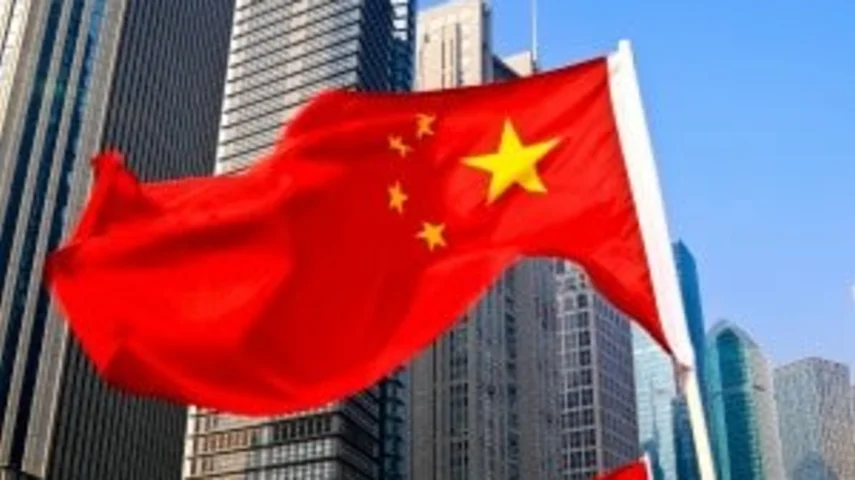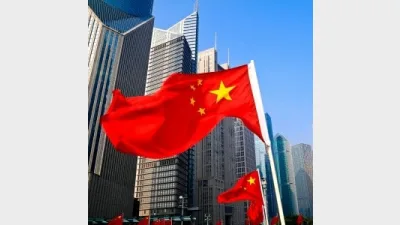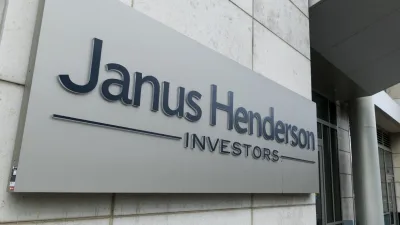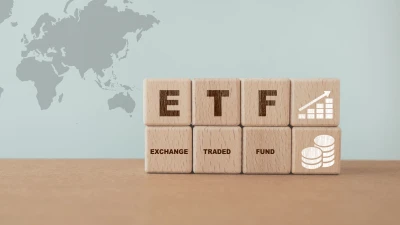Invesco secures private fund license in China



Invesco Shanghai’s wholly-foreign owned enterprise (WFOE) is registering as a private fund manager with the Asset Management Association of China (AMAC).
The move would enable Invesco to launch private securities investment funds in China, which would invest in the country’s domestic securities market, and also to accept investment from qualified Chinese investors into these private securities investment funds.
Invesco said it had been present in Asia since 1962, with the current amount of US$92 billion in funds under management.
The company launched its first offshore Chinese equity fund in 1992 and established the first Sino-American asset management joint venture with Great Wall Securities in 2003.
Invesco’s Shanghai WFOE was set up in April this year with a local team comprised of investment and staff professionals who it said aim to provide services to domestic Chinese clients that align with Invesco’s capabilities.
Invesco senior managing director and head of Asia Pacific, Andrew Lo, said: “The private fund manager registration allows us the ability to manage and distribute a wide range of unique investment offerings to China’s vast network of private fund investors.”
“Invesco was an early entrant in the China market and has participated in its growth.
“We are committed to bringing a new diversity of differentiated investment offerings to the onshore Chinese market.”
Recommended for you
Global asset manager Janus Henderson could be acquired after receiving a non-binding acquisition proposal jointly from a private investment firm and venture capital firm.
Investment manager Salter Brothers has partnered with private equity firm Kilara Capital to launch an Australian sustainable investment platform focusing on decarbonisation.
Fresh off launching three active ETFs to the Australian market, Avantis Investors is already planning to expand its range with two further products next year.
Ausbil is growing its active ETF range with an ESG product in collaboration with sister company Candriam.












